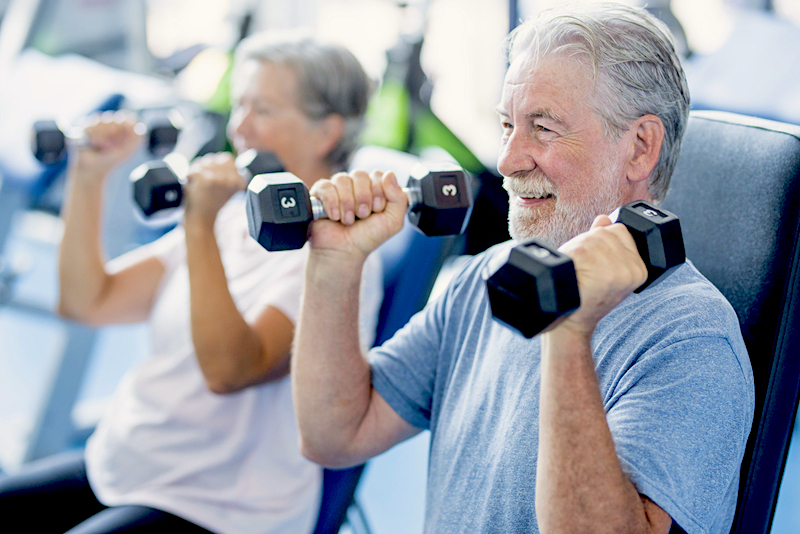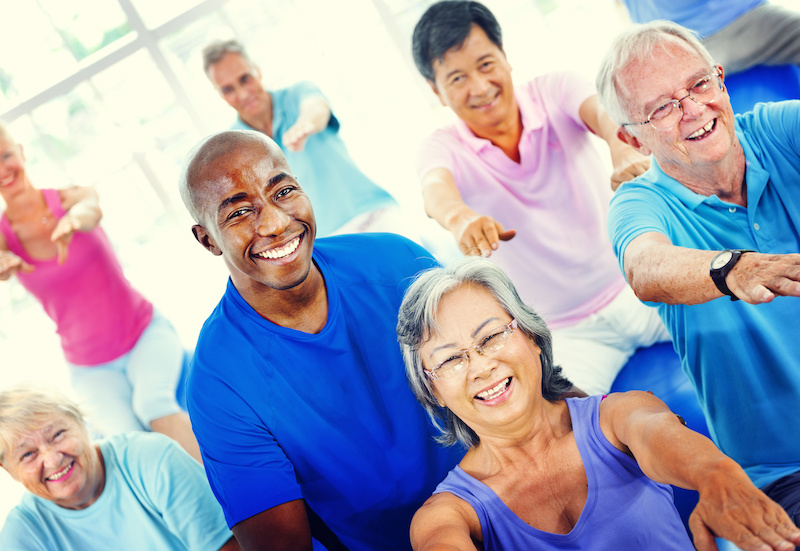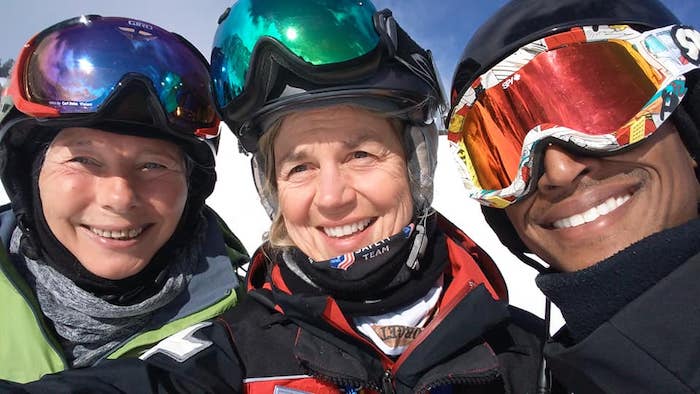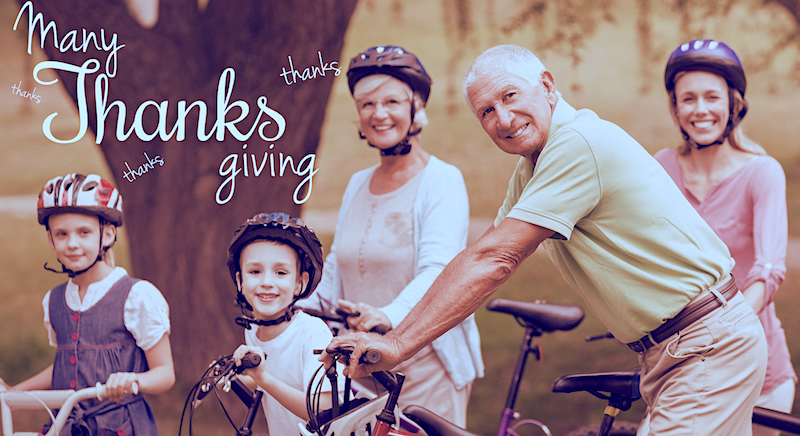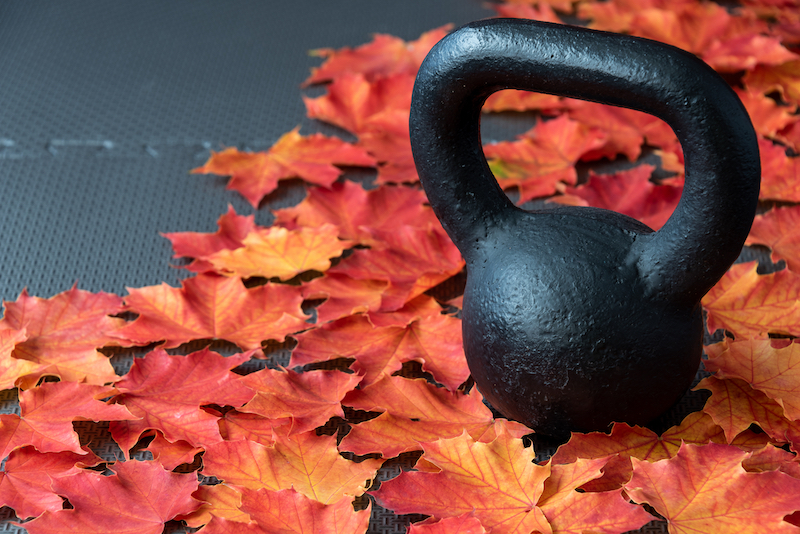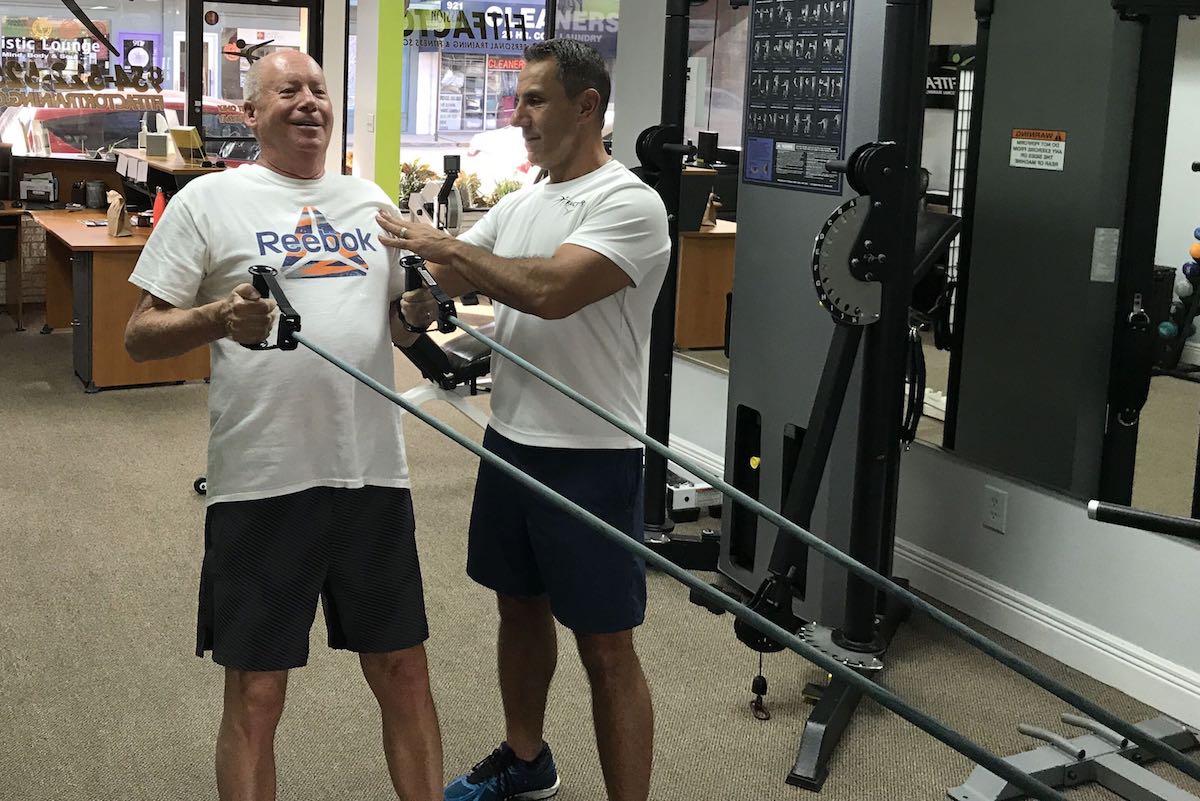It’s the time of year when everyone wants to build new habits, and “getting in shape” is always one of the most popular New Year resolutions.
We love it, of course, and welcome everyone who’s starting this month – and all our returning friends who are back for more strength, endurance, and agility.
Over the years, we’ve seen a lot of people build healthy habits that last long after the holiday thrill fades. How’d they do it? Here are some common success factors for you to keep in mind.
1. Set SMART goals
SMART stands for Specific, Measurable, Achievable, Relevant, and Time-Bound. So, apply this to building habits, as well. Instead of saying, “I will exercise more,” say, “I’m going to the gym three times a week for at least 30 minutes through January, and then I will add 15 minutes each day starting in February.”
2. Start small
Research, and a terrific best-selling book, tell us that “atomic” (small) changes are the best. Avoid statements like, “I’m going to lose 20 pounds this month,” and set more realistic expectations.
3. Celebrate little victories
Did you hit your workout goal for the week? Treat yourself to a fancy coffee. Dropped that first pound? Give yourself a high-five in the mirror.
These little victories are so important to acknowledge.
4. Remember your ‘why’
Let’s admit it: There will be days when you don’t feel like exercising. Just remember WHY you started in the first place. To rule the golf course this spring? Walk your granddaughter down the aisle? Turn around a doctor’s warning? That’s the secret fuel to keep you going.
5. Workout with your partner or a friend
Working out with a pal makes it way more fun. A trainer and a small group can serve the same purpose. Talk to us about making these valuable connections.
6. Tie habits together
Here’s another gem from “Atomic Habits” – link your new habit to one you already do. Let’s say you want to start each morning with 5 minutes of meditation. Do this RIGHT AFTER you brush your teeth or walk the dog. Makes it super-easy.
7. Choose fun
If exercise feels like a drag, you’re less likely to do it. Choose something that’s fun for you, no explanation or apology to anyone. Weightlifting, yoga, jogging, dancing… Whatever gets you moving!
8. Keep track of yourself
Take a photo and record measurements when you start. Record progress weekly, even if it seems minor. Here’s why: Small progress adds up, and when you feel like you’re not getting anywhere, there’s nothing more motivating than reviewing your record… and seeing how far you’ve come.
Talk to us about all these ideas and more. We want to see you in here long past the strong “resolve” part of “resolutions” goes away. It’s consistency you’re after, and we are here to help you achieve it.

